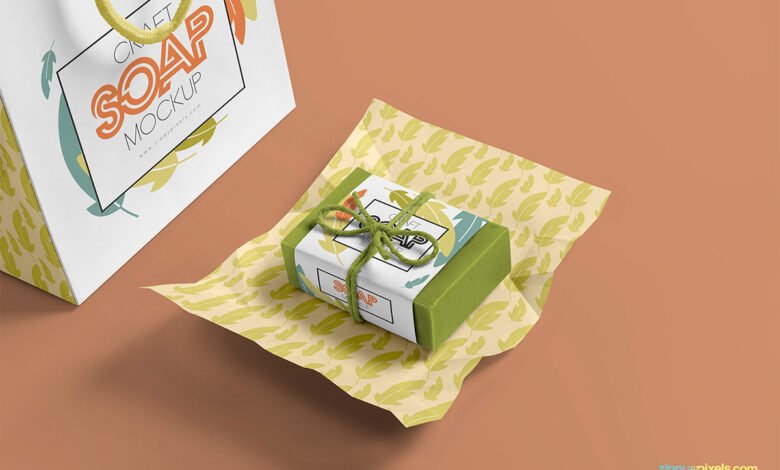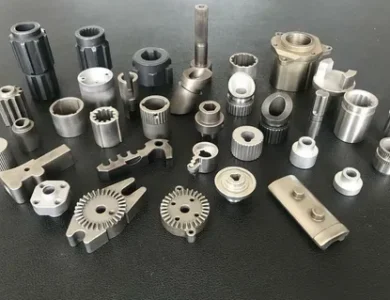What Are the Most Common Types of Soap Wrapping Paper?

In the world of handmade and commercial soap making, the presentation of the product is just as important as the quality of the soap itself. Soap wrapping paper serves a dual purpose: it protects the soap from damage and contamination while also enhancing its visual appeal. The right wrapping not only showcases the product but also communicates the brand’s identity and values. In this article, we will explore the most common types of soap wrapping paper, their benefits, and the latest trends in soap packaging.
Importance of Soap Wrapping Paper
Soap wrapping paper plays a critical role in the overall marketability of soap products. When consumers browse shelves or online stores, the packaging is often the first aspect they notice. Effective soap wrapping not only provides physical protection but also creates an emotional connection with potential buyers. Quality wrapping can elevate the perception of a brand, conveying messages of luxury, care, and sustainability.
Furthermore, soap wrapping is essential for maintaining product integrity. It helps prevent moisture loss, protects against dust and dirt, and can even provide a barrier against odors. For artisanal soap makers, the wrapping can reflect the craftsmanship involved in creating the soap, while for commercial brands, it can embody the brand’s mission and vision.
Common Types of Soap Wrapping Paper
Kraft Paper
Kraft paper is a staple in the soap packaging industry, favored for its eco-friendly properties and rustic aesthetic. Made from recycled materials, Kraft paper is biodegradable and recyclable, making it a popular choice among environmentally-conscious brands. Its natural brown color and texture evoke a sense of authenticity and simplicity, which appeals to consumers looking for artisanal products.
Kraft paper is also incredibly versatile. It can be easily printed on, allowing brands to customize the wrapping with logos, product details, and designs. Its strength and durability provide adequate protection during transit, ensuring that the soap arrives at its destination without damage. Many artisanal soap makers use Kraft paper to create a rustic and handmade feel, which resonates well with their target audience.
Parchment Paper
Parchment paper, known for its heat resistance and food-safe properties, is another popular option for wrapping soap. This type of paper has a smooth texture and often comes in various colors, adding an elegant touch to the packaging. Parchment paper is particularly useful for soaps that require a bit more sophistication in their presentation, such as gift sets or luxury items.
Because it is non-stick and resistant to moisture, parchment paper keeps the soap clean and fresh. It also allows for easy wrapping without the need for adhesives, making it a convenient option for manufacturers. The crisp, professional appearance of parchment paper can enhance the perceived value of the product, making it more appealing to consumers.
Tissue Paper
Tissue paper is a lightweight and versatile wrapping option that adds a touch of color and softness to soap packaging. Available in a myriad of colors and patterns, tissue paper can be easily layered or used as a decorative element within gift boxes. Its delicate nature allows for a luxurious unboxing experience, which is increasingly important in consumer retail.
Tissue paper can be used to wrap individual soap bars or as cushioning within designed boxes, protecting the product during transit. While it may not provide the same level of protection as sturdier materials, its decorative qualities often make it a preferred choice for gift packaging. Brands that prioritize aesthetics and presentation often incorporate tissue paper into their wrapping strategies to create a visually stunning display.
Cellophane
Cellophane is a transparent packaging material known for its moisture barrier properties. This type of wrapping allows consumers to see the product while providing a layer of protection against dust and damage. Its crystal-clear finish can enhance the visual appeal of the soap, making it an excellent choice for displaying colorful or intricately designed bars.
The moisture-resistant qualities of cellophane help maintain the freshness of the soap, making it a practical choice for longer shelf life. Additionally, cellophane is biodegradable, which aligns with the increasing demand for sustainable packaging solutions. Many brands use cellophane to wrap gift sets or promotional items, ensuring that the beauty of the product is visible while maintaining protection.
Specialty Wrapping Paper
Specialty wrapping paper encompasses a variety of unique options, including printed or foil-stamped papers. These types of wrapping paper can elevate a brand’s aesthetic and add a premium touch to the packaging. Specialty wrapping paper allows for customization in terms of color, texture, and design, enabling brands to tell their story visually.
Using printed or foil-stamped wrapping paper can create a striking first impression, drawing consumers’ attention to the product. Whether it’s an intricate pattern, a bold logo, or a minimalist design, specialty wrapping paper can communicate a brand’s identity effectively. This type of wrapping is particularly popular among luxury soap brands looking to distinguish themselves in a crowded marketplace.
Benefits of Using Quality Soap Wrapping Paper
Choosing high-quality soap wrapping paper can yield numerous benefits for both brands and consumers. First and foremost, quality wrapping enhances the overall presentation of the product. Attractive packaging can make a soap bar look more appealing, increasing the likelihood of a purchase.
Quality wrapping also ensures product protection during transportation and storage. Sturdy materials help prevent damage from impacts, moisture, and environmental factors, which is essential for maintaining the integrity of the soap. Well-wrapped soaps are less likely to suffer from contamination or quality degradation, leading to greater customer satisfaction.
Additionally, effective wrapping communicates brand values. By choosing sustainable or aesthetically pleasing materials, brands can align their packaging with their mission, attracting consumers who share those values. This connection fosters brand loyalty, as consumers are more likely to support brands that reflect their beliefs and priorities.
Trends in Soap Packaging
The soap packaging industry is constantly evolving, influenced by changing consumer preferences and technological advancements. One significant trend is the increasing demand for sustainable materials. Consumers are becoming more environmentally conscious, seeking products that minimize waste and utilize eco-friendly packaging solutions. This shift has led many brands to explore biodegradable and recyclable materials for their soap wrapping. More
Minimalist design is another trend gaining traction. Many brands are moving away from overly complex packaging in favor of clean, simple designs that emphasize quality over quantity. Minimalist packaging not only reduces material usage but also appeals to consumers looking for authenticity and transparency in the products they purchase.
Additionally, the integration of technology in packaging is on the rise. Brands are utilizing QR codes and augmented reality features to create interactive experiences for consumers. By scanning a code, customers can access additional information about the product, brand stories, or even tutorials, enhancing engagement and creating a unique customer experience.
Conclusion
Selecting the right type of soap wrapping paper is essential for both protection and presentation. From eco-friendly Kraft paper to luxurious specialty wrapping, the options are diverse and tailored to meet the needs of different brands and consumers. High-quality wrapping not only enhances product appeal but also communicates brand values, creating a lasting impression on customers.As the soap industry continues to evolve, staying informed about trends in packaging can give brands a competitive edge. By prioritizing quality, sustainability, and aesthetic appeal in their soap wrapping, manufacturers can better connect with their audience and foster brand loyalty. Ultimately, the right designed boxes is more than just packaging; it’s an integral part of the product experience that can make all the difference in today’s market.






